I have searched through and have read a ton of sources, but I cannot seem to find an answer. I thought these "types" were equal, but when I decode h264 into bytes using jcodec I assumed the data output was YUV 4:2:O Planar (YUV420P); this is the expected input type for my VPX encoder. The VPX encoded image looks like this:

So I have to assume that while YUVFormat.YUV_420 is most likely YUV420P, the ColorSpace.YUV420 is some other variant of YUV420. Does anyone know which variant it is so that I can find a conversion routine?
